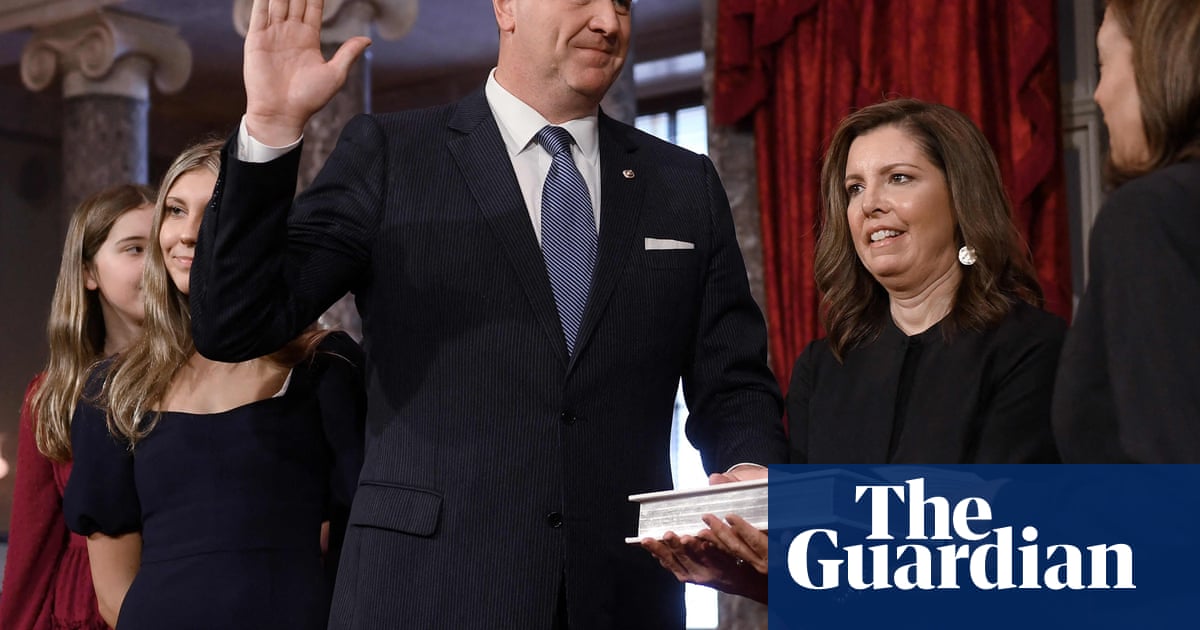The Environmental Protection Agency under President Donald Trump has served notice it wants to back away from at least 30 major rules that seek to protect air and water and reduce emissions that cause climate change. The agency's administrator, Lee Zeldin, says doing so would mean a new “golden age” for America.
It’s not certain the rules will go away. They can’t be changed without going through a demanding federal rulemaking process.
But an examination by The Associated Press found that gutting the rules would come with high costs in both money and lives.
Here are some takeaways from AP's work:
Hundreds of billions of dollars in costs, thousands of deaths
The AP examination found that the targeted rules are estimated to save at least $275 billion a year and more than 30,000 lives annually. Those figures were built in part on regulatory impact reports prepared by the EPA itself to factor in things such as reduced illnesses and deaths, as well as how much it would cost companies to comply with the rules. AP also worked with research by the Environmental Protection Network of former agency employees.
AP found about 10,000 American lives were expected to be saved as the rules cut traditional pollutants such as soot, smog and heavy metals like mercury and lead. AP also calculated that doing away with the rules entirely would mean rising greenhouse gas emissions that would in turn drive deadly heat that would account for 25,000 more deaths each year around the world. That calculation also relied on a think-tank report and scientific studies that calculate deaths per ton of emissions.
What some of the rules look like
Some of the rules have been in place for years, while others were written under President Joe Biden and have not yet taken effect because of court challenges or because they are designed to kick in during later years.
One example is a proposed update to existing EPA emissions standards for vehicles that's aimed at jump-starting electric cars. It's supposed to take effect for 2027 model years. The EPA's own analysis estimated net annual benefits of more than $100 billion a year.
Another rule sets the level of traditional pollutants allowable in air that's deemed clean. The Clean Air Act requires that it be updated every few years. Public health and experts say one type of traditional pollution, particulate matter — better known as soot — is the most deadly in America, with severe consequences when reaching a person's lungs. In 2024, the Biden administration cut by 25% the amount of particulate matter that states are allowed to emit into the air.
The EPA calculated a net benefit from that rule of as much as $46 billion a year, and the prevention of 4,500 premature deaths and 800,000 asthma incidents annually.
Fact sheets that cite all the costs and (almost) none of the benefits
Under Trump, the EPA has created fact sheets that emphasize the costs but not the benefits of the rules.
Nine of 10 fact sheets make no mention of benefits at all. But eight of the fact sheets cite costs.
For example, a fact sheet for one rule that would require newer coal-powered plants to cut or capture carbon emissions by as much as 90% noted that it would cost nearly $1 billion. But that sheet made no mention that the rule was estimated to save more than $24 billion a year.
In 17 of the 20 rules with explicit cost-benefit analyses that AP examined, the estimated benefits are larger than the costs — and sometimes far larger.
Changing the rules requires following a process
The Trump administration has not said how far the targeted rules would be rolled back. And Zeldin has vowed to follow federal law.
Experts say the targeted rules were the product of rigorous impact analyses that got close scrutiny from the EPA and other federal agencies.
Such rules cannot be undone without presenting scientific justification through a federal rulemaking process that can take years to complete and includes requirements for public comment.
___
The Associated Press’ climate and environmental coverage receives financial support from multiple private foundations. AP is solely responsible for all content. Find AP’s standards for working with philanthropies, a list of supporters and funded coverage areas at AP.org.

 German (DE)
German (DE)  English (US)
English (US)  Spanish (ES)
Spanish (ES)  French (FR)
French (FR)  Hindi (IN)
Hindi (IN)  Italian (IT)
Italian (IT)  Russian (RU)
Russian (RU) 























Comments